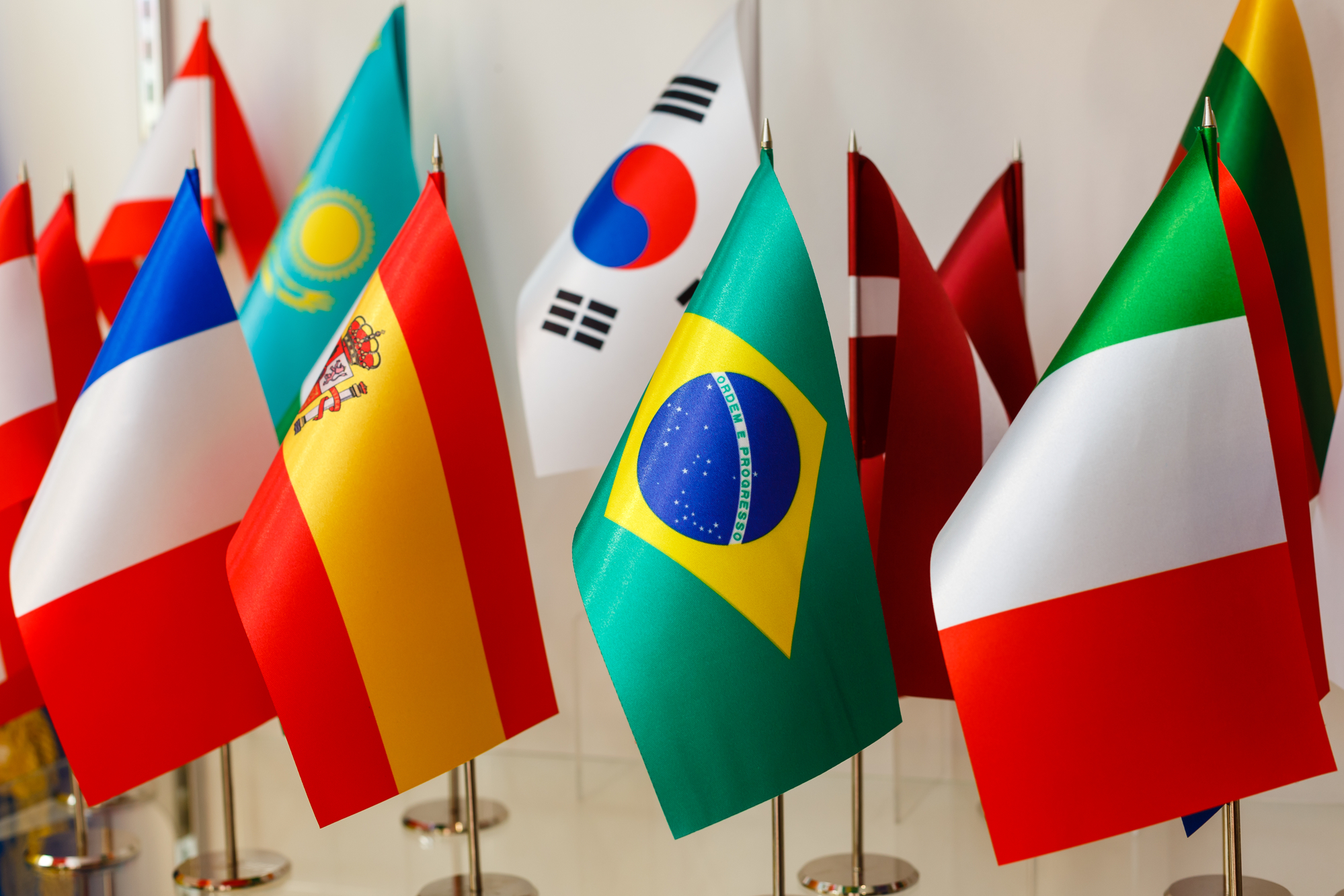ISO 20022 is an international ISO standard that provides a unified language for financial transactions. The ISO 20022 standard covers payments, securities transactions, and trade finance. It also applies to messaging between banks and other financial institutions, businesses, and consumers in over 100 countries. ISO 20022 supports the exchange of money in an efficient, secure, and cost-effective way across different systems.
What Are the Benefits of ISO 20022?
ISO 20022 helps reduce costs for financial institutions and businesses, while improving efficiency and security. It does this by providing a consistent format that can be read by all participants in the transaction process, allowing for simpler and more efficient communication between them. With this standardized communication system, ISO 20022 is also used to streamline settlement processes such as money transfers, investment transactions, and payments of invoices.
The adoption of this standard is a step towards the use of a single, unified payments language and global interoperability with financial exchanges. In very specific terms, ISO 20022 enables the inclusion and transfer of rich data across all financial operators handling a transaction. This may be included unstructured or structured reference data of up to 140 characters.
The standardized structure and specificity of a universal payments language should also improve data quality, lowering the need for manual intervention and enhancing decision-making. With the use of consistent, reusable language and message elements, international payments can be more simply handled by multiple banks and within different countries.
The new language for domestic payments and correspondent banking makes advanced reconciliation and treasury opportunities possible for corporate customers. The example given in this video is of a coffee company based in the UK:
“Coffee Co.’s supplier in Indonesia has asked to be paid in US$ to its local account. Coffee Co is happy to do this and, to make life easier, has agreed with its supplier to aggregate multiple invoices into a single payment. The batch of invoices to be paid includes one invoice that is not correct and needs an adjustment. It also includes a credit note from a previous transaction that needs to be reconciled. Coffee Co. Would like to present all this information in a single instruction with a single payment setting the entire net amount outstanding. Using todays, MT standard, they would not be able to do this; there’s not enough room in the remittance field to describe all that is needed in a structured way that can be automatically processed. With an ISO 20022-based instruction, the supplier can pay all outstanding invoices, apply a credit note, and contest a line item on an invoice. A single transaction can describe multiple rich and structured elements including dedicated fields to differentiate between commercial invoices, credit notes, and invoices that need adjustment.”
Which Entities Adhere to ISO 20022?
ISO 20022 is becoming increasingly popular as a global standard for financial transactions, with many countries mandating its use by their banking systems. We expect that this regulatory standard will continue to be an important factor in shaping the future of finance. Experts in finance and fintech that, by volume, and 90% by value, high-value worldwide payments will have moved to ISO 20022 within the next five years.
This trend is confirmed by the move of some big platforms in the financial sector towards ISO. Over the next two years, many market infrastructures, including SWIFT, will transition their messaging standards to ISO 20022. Both the TARGET2 Euro payment (T2) and the Clearing House Automated Payment System (CHAPS) will be delivered as scheduled. Additionally, SWIFT will accept the cross-border payments reporting (CBPR+) working group’s rules, where MT/MX messages would coexist until 2025.
What Challenges do Businesses Face by Delaying ISO 20022 Adoption?
The challenges are many and will only get more difficult to overcome in the foreseeable future. By not adopting the ISO standard, the entity will need to manage the translation of coexistent standards across its back-office systems. The management of the data required by ISO 20022 under the legacy standards will become increasingly challenging.
What Investment Is Needed for Businesses to Adopt ISO 20022?
Simple connectivity upgrades can be finished over a few months for a comparatively low cost. The wider measures of ISO 20022, however, are what need to be taken into account. The additional data components, general structure, and granularity of ISO 20022 must be supported by payment, screening, matching, and monitoring systems. To improve static data, this will call for improvements, development, and project effort. Depending on the current system setup by the organization, this effort will differ greatly.
How Does ISO 20022 Support Compliance in the Financial Sector?
With the widespread adoption of this ISO standard, data will be more comprehensive and organized. This will enable more accurate and pertinent information to be shared securely with financial transactions. Enabling banks, financial institutions, and fintech service providers to monitor compliance more thoroughly and accurately, thus improving compliance.
Related article: Crypto Projects Work to Achieve Compliance and Earn Trust.




